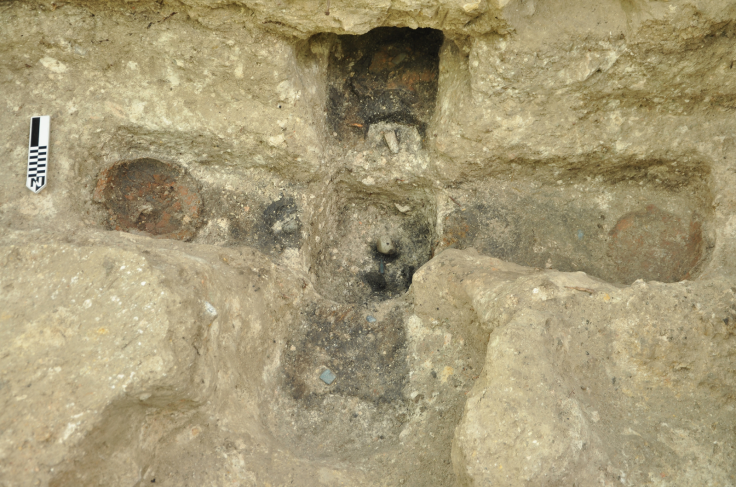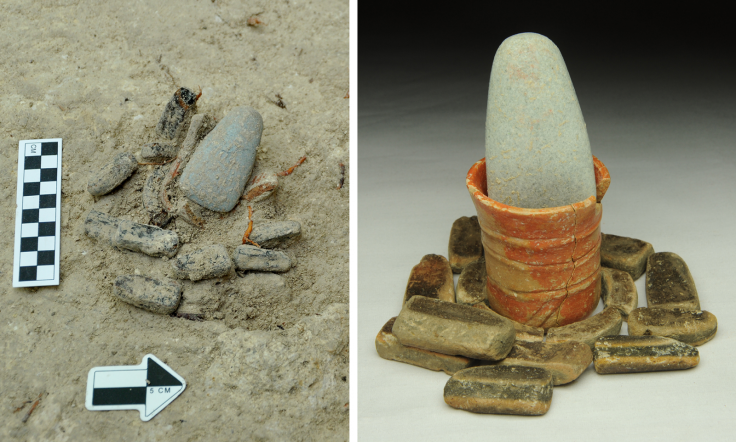Treasure trove of jade stones used in Mayan rituals discovered in Guatemala
The greenstones are thought to have been used in ceremonies to establish a ruling class.
Polished greenstone objects made of jade and serpentine were discovered in Ceibal, Guatemala, dating from about 1000 to 450 BCE. The artefacts are elongated objects called celts, thought to have been used in public ceremonies.
The early years of the Mayan civilisation are relatively poorly understood. Many of the archaeological remains from this time have been buried by those of the later Mayans and by modern developments. A rare find in Ceibal, Guatemala, has led to new insights into the early Mayan culture.
A total of 18 cross-shaped holes in the ground called caches were discovered, with a total of 72 polished greenstone celts. This is the largest single find of celts in the Mayan lowlands dating from the era.
"Among the items highly prized by pre-Columbian Mesoamerican people were objects carved in hard greenstone. The polished greenstone celts from Ceibal were manufactured from jade, metagabbro, serpentine and other metamorphic greenstone," writes Kazuo Aoyama of Ibaraki University, Japan, who discovered the celts, in a paper in the journal Antiquity.
The colour of the stones is thought to have spiritual significance for the early Mayans, as green was associated with the centre of the world.
The celts were buried in caches in the central plaza of the settlement. They were placed close to large ceremonial structures, hinting that they held a ritual or ceremonial role in the culture.
Fine-scale analysis of the celts' surface has shown that they weren't systematically worn down by fabrics, suggesting that they weren't worn as an ornament. Instead, they're thought to have been used in ceremonies to establish the elites of the pre-classical Mayan society.

"Many of the celts were made specifically for ritual purposes, although a smaller number of them were used for wood carving," Aoyama writes.
A majority of the celts were buried in a public plaza, suggesting their ceremonial role. It's thought that they played a role in integrating the community and political negotiation among the society's newly forming elite class.
"The emerging elite probably played a primary role in these rituals, setting a template for later public events centred on rulers."

Many of the celts were buried aligned with the points of the compass. This becomes more pronounced in the later burials, suggesting a growing importance of the movement of the Sun among the Mayas.
"The emerging elites at Ceibal were probably actively engaging with concepts associated with cardinal directions and the Maya cosmos during the Middle pre-classic period," Aoyama writes. "Ideology, expressed in material form and through aspects of public rituals and public ceremonial structures, played a significant role in the development of Maya rulership."

© Copyright IBTimes 2025. All rights reserved.





















